Just a short word to let you all know that we’re in fine fettle. Nelly Roseis however really in need for a real maintenance stop, the last one being
well over a year (in Trinidad in August 2014) and a good 8.500 miles ago. I
can’t wait to get everything, really everything, stuff, pillows, floorboards
and all, off the boat so that we’ll have access to all the places with
wiring and tubing and what have you. Also the sails need to go to a North
loft to get a proper service.
Yesterday Tim, our third crew member on this tough passage, discovered a
nasty tear in the main sail, just above the second reef. As we knew the wind
was getting stronger and darkness approaching, we decided not to attempt a
repair just yet, but to put in the third reef for the first time on our trip
and leave the repair for one of the next days when the wind is expected to
drop and with it the swell. That turned out to be a good decision or a lucky
call, whichever way you may want to look at it. We knew we were in for more
wind, but is was really a quite a bit more with a regular 25 knots and gusts
up to 30 knots. Going pretty much to windward, that is a lot of wind, giving
you – at speeds over 8 knots – 35 knots over the deck. I don’t know if our
repairs could have stood up to such a drubbing, but I do know it would have
made for a hell of an uncomfortable sail. Now everything was just fine and
we could all sleep reasonably well. The luxury of a third crew member makes
a great difference in that department as well. Anyway, that third reef, that
we had sown in by North at a suggestion of rather experienced round the
world sailor and ex-Cadet Gerd Jan Poortman, came in handy just when we
needed it. Sailing courses off the wind, you can get away most of the time
with the second reef, but battling to windward is a different story. It
really is avoided by most cruisers as much as possible.
Our electrical situation is reasonably satisfactory, although we’re under
full cloud cover today. Not, or hardly, using any power is of course a great
help. We did run the refrigerator for most of yesterday and through the
night, but decided to switch it off again this morning. It should have done
enough to cool our beers though. Hanneke is allowing us a beer every day, to
make sure we drink enough liquids, as we are rationing the water (at two
litres per person per day; a rather healthy ration that does however include
personal hygiene). Now don’t let anybody get it into their heads to start
warning about the dehydrating effects of alcohol and carbonated drinks. The
trouble list on board got just one item longer. The toilet is blocked. I
know who did it, but will attempt to repair it nonetheless. Love is a
strange thing. I deserve that extra beer.



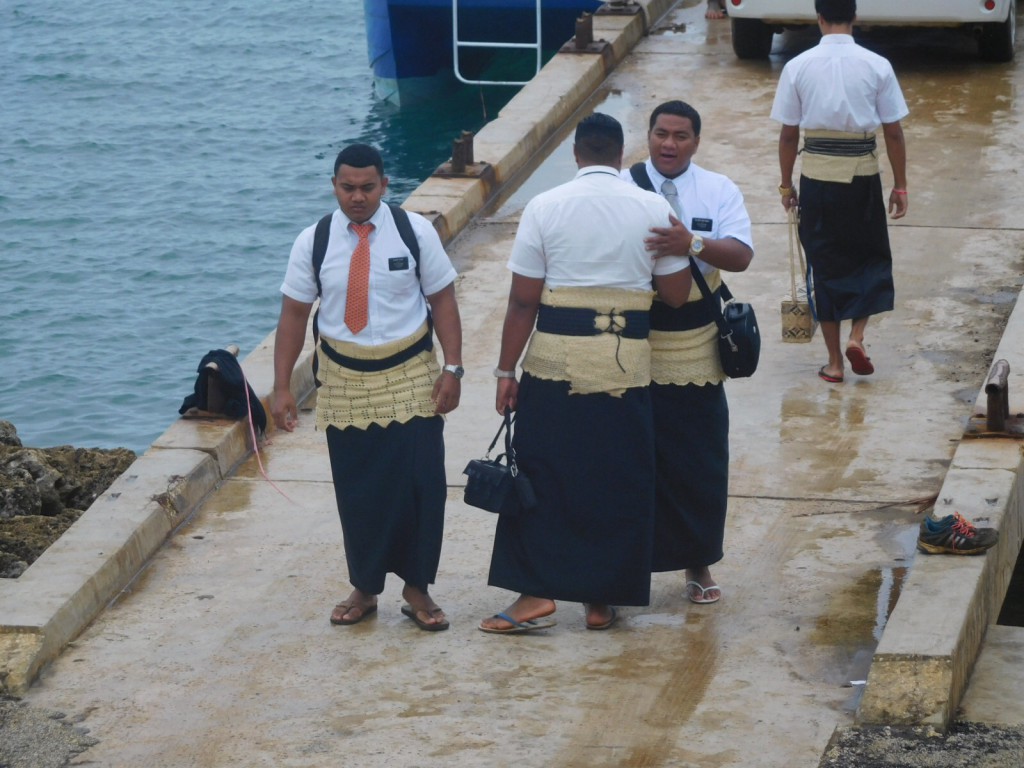
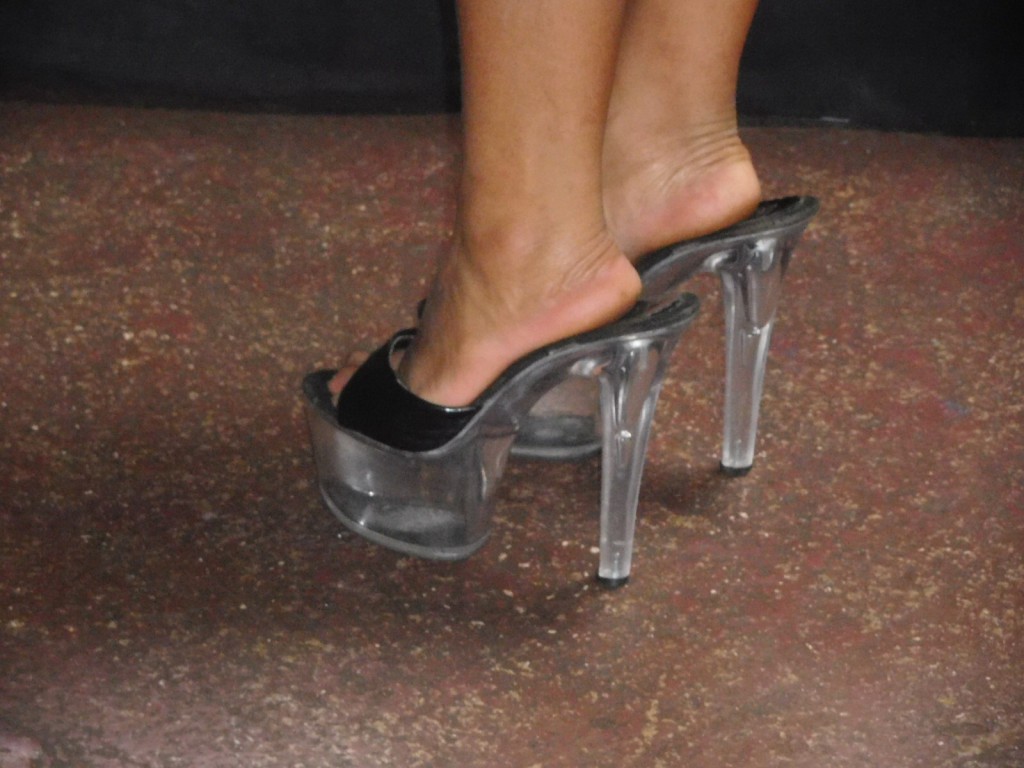




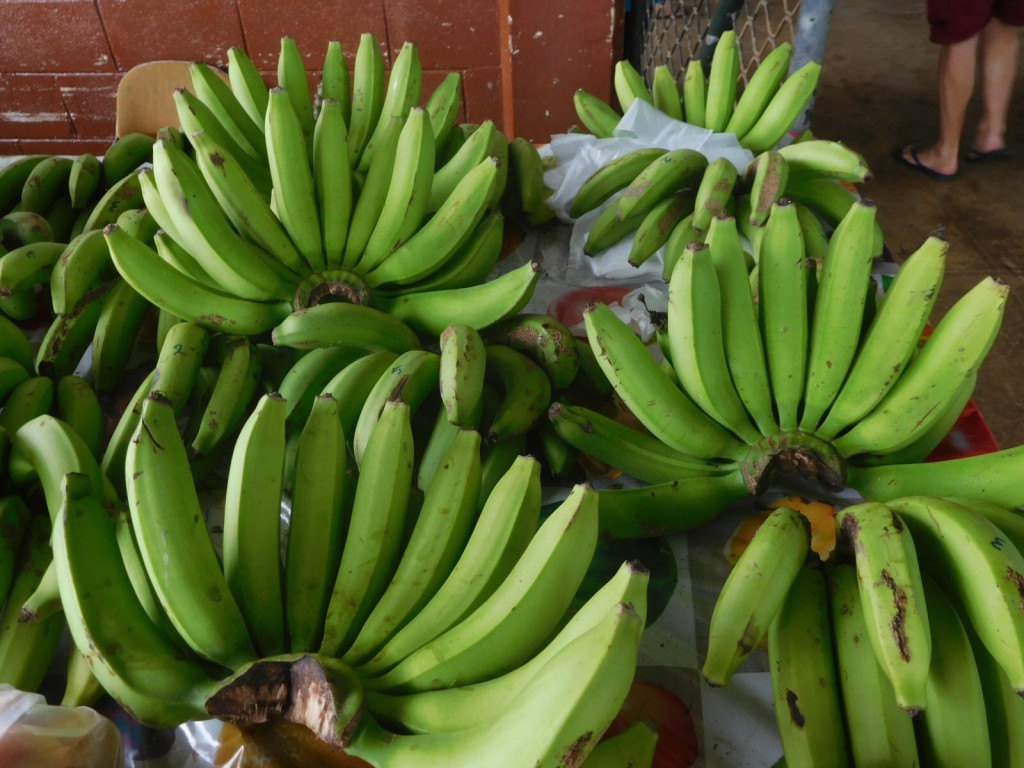

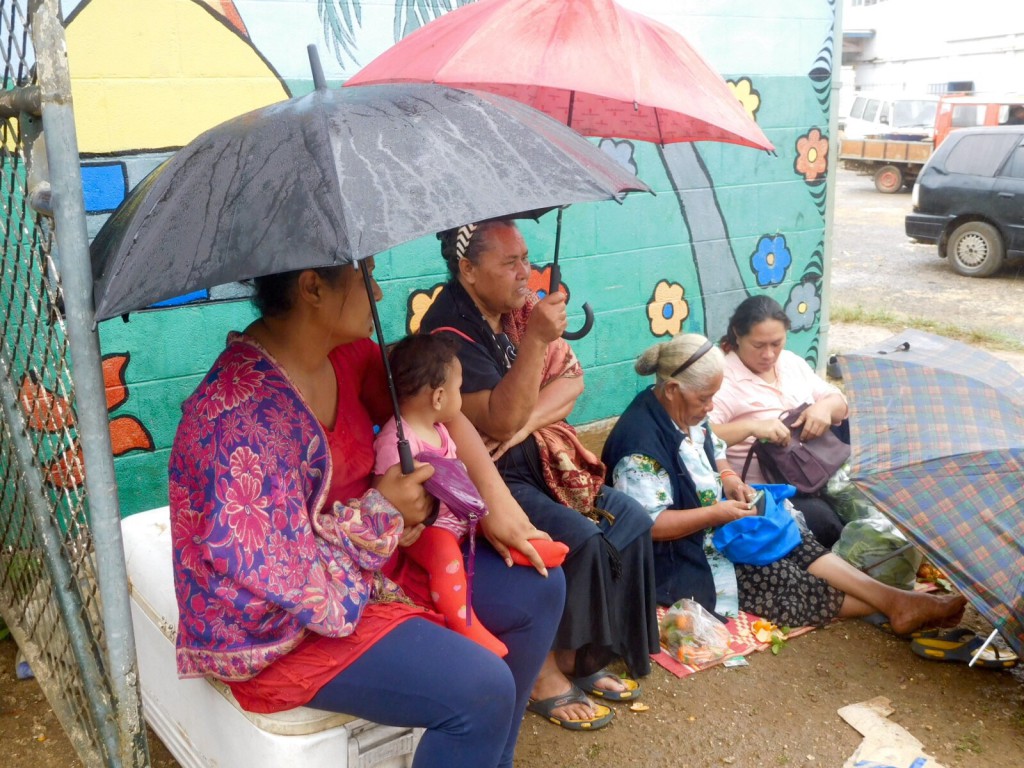

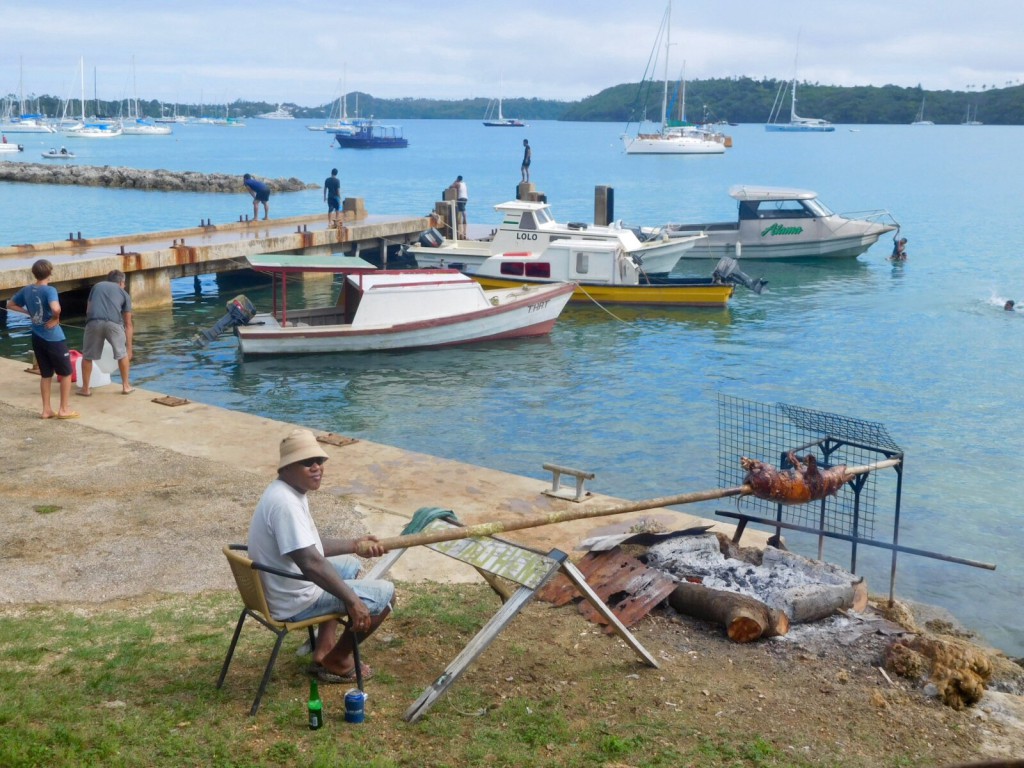

Recent Comments